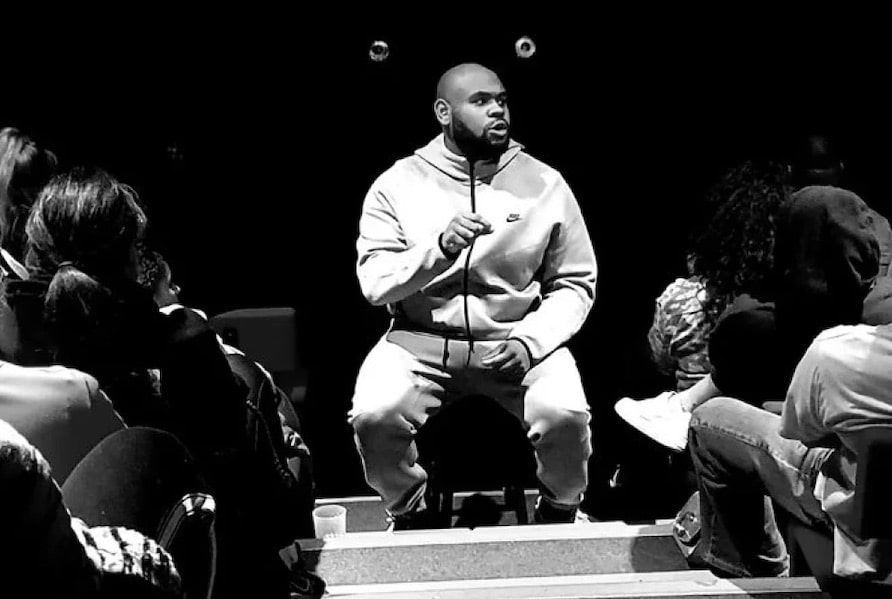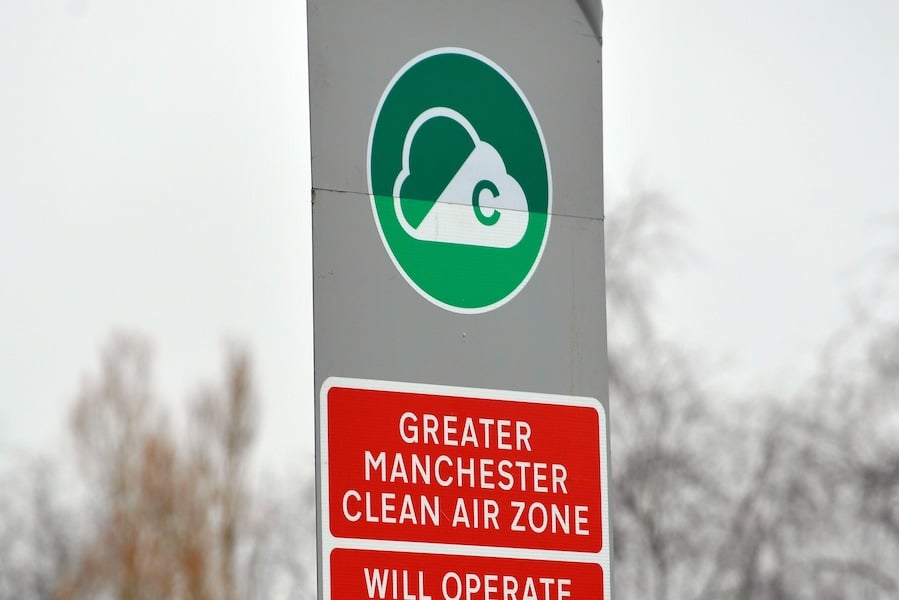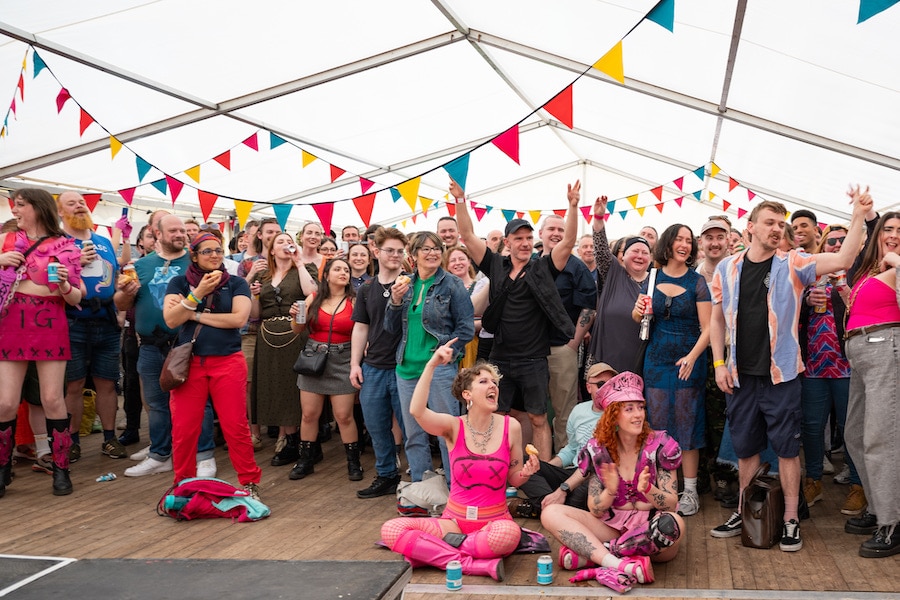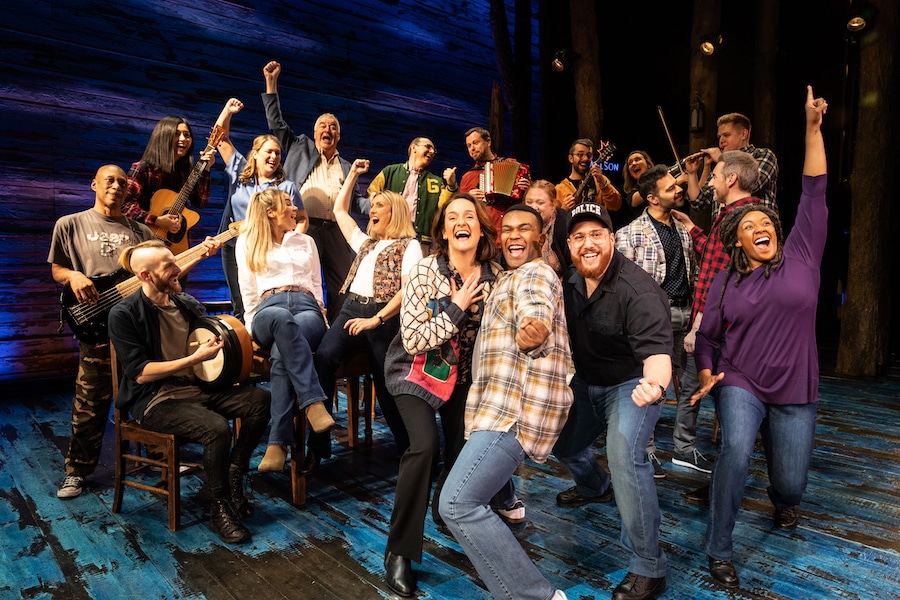Extraordinary new Peterloo website recreates Manchester in 1819 to mark 200 year anniversary of massacre
- Written by Dianne Bourne
- Last updated 6 years ago
- City of Manchester, Culture, History, People
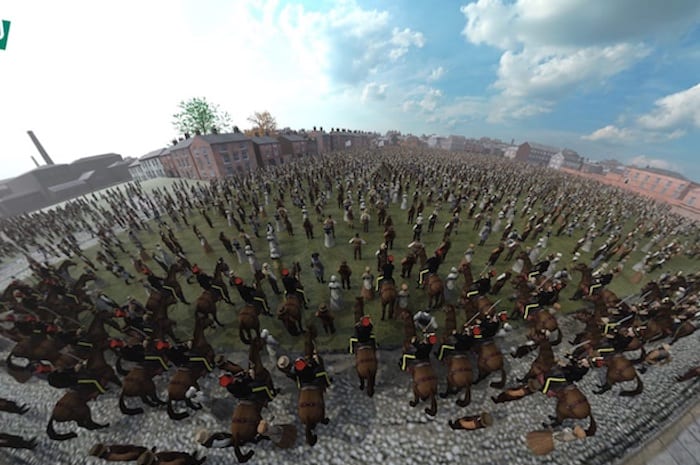
A new website has created in extraordinary 3D detail the events and legacy of the Peterloo Massacre 200 years ago – to enable a modern audience to understand the watershed moment in Manchester’s history.
The site, peterloo1819.co.uk, allows the user to be placed in a virtual representation of St Peter’s Field so that they can see how events unfolded when 60,000 people gathered in Manchester on 16 August 1819 seeking rights and representation.
Timelines enable the user to navigate the months, days and hours ahead of the tragic events that were to take place, in which 18 people would lose their lives and around 700 would be injured when troops, including local yeomanry, charged the crowd.
Users can explore and discover more about the protesters, the actions the authorities take and what happened in the aftermath of the massacre, a watershed moment in British democracy.
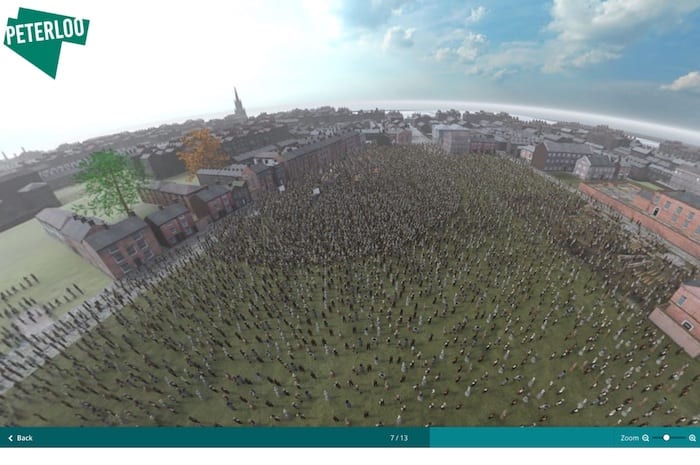
And it shows the astonishing scale of events on St Peter’s Field – which is now the St Peter’s Square area of Manchester city centre.
The website is part of the project Peterloo 2019 – being delivered by Manchester Histories with the support of The National Lottery Heritage Fund to mark the 200th anniversary of the Peterloo Massacre.
Karen Shannon, Chief Executive of Manchester Histories, says: “There is a huge amount for us to learn from about the events that were to lead to Peterloo; how a peaceful protest was to end in a day of bloodshed and the consequences that were to follow.
“Yet awareness levels of this milestone in our democracy are still relatively low, even within Greater Manchester. The website that we’ve created will help to connect people to this history and to understand why it has such relevance to our lives today.
“Peterloo1819.co.uk delivers a highly visual and engaging experience thanks to the combined work of brand and creative agency Dinosaur, which has designed and built the site, animator Neil Millington, who has produced the 3D photospheres, and Professor Robert Poole, who has provided all of the historical guidance and expertise.”
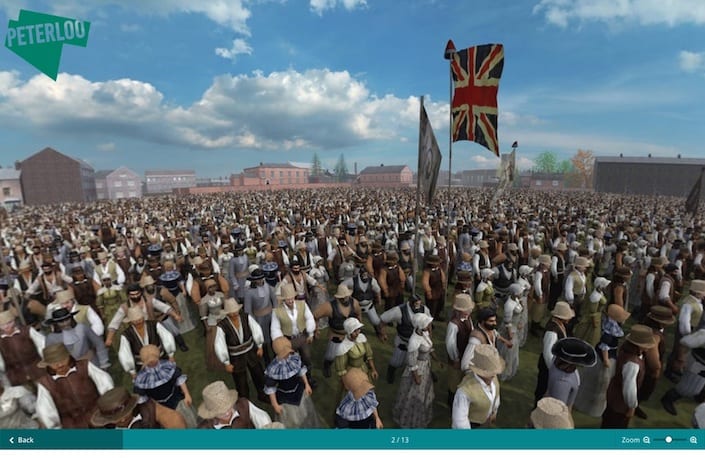
Historian Professor Robert Poole says: “The website gives us for the first time a view of what it would be like stood on St Peter’s Field. Not only that, but we can explore this world and the stories of those that were there on 16 August 1819 through the graphic recreations, which are a revelation.”
The website will also be regularly updated with all the community, cultural and heritage events happening across Greater Manchester as the 200th anniversary of Peterloo is marked with exhibitions, art installations, walks, music events and much more this year.
Users will also be able to download the learning resources that are being created for children of primary and secondary school age as part of Peterloo 2019, in partnership with People’s History Museum and British Council. Alongside this there will be archive materials, feature articles, blogs and links to social media channels.
Frank Fenten, Digital Director for Dinosaur, says: “Our challenge was to make the events of 1819 relevant to an audience that includes those raised on computer games and CGI-heavy films. To create a rich, immersive, experience we drew heavily on gaming techniques, storytelling and interface design to tell the story of what happened.
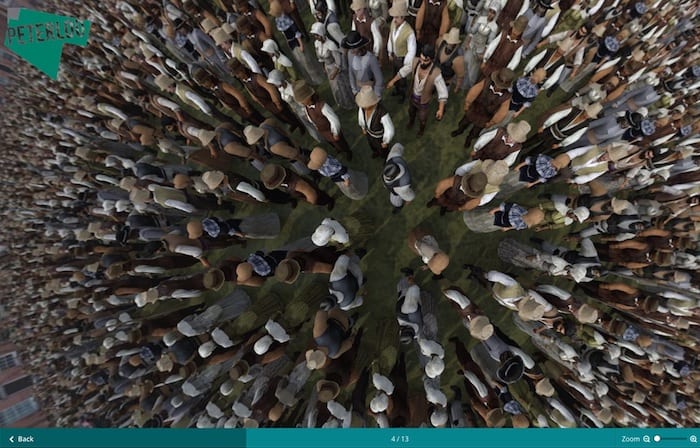
“Working alongside a historian and a 3D artist, we painstakingly reconstructed the events of the day and delivered this as an interactive that works on several levels. On one level, it’s a straight linear story, on another, you can dive into over a hundred hotspots to explore in much greater detail.”
Peterloo 2019 features public events, learning opportunities and creative exploration developed through partnership work amongst cultural organisations and communities, led by Manchester Histories and supported by The National Lottery Heritage Fund.
Visit Peterloo1819.co.uk for further information.
- This article was last updated 6 years ago.
- It was first published on 18 March 2019 and is subject to be updated from time to time. Please refresh or return to see the latest version.
Did we miss something? Let us know: [email protected]
Want to be the first to receive all the latest news stories, what’s on and events from the heart of Manchester? Sign up here.
Manchester is a successful city, but many people suffer. I Love Manchester helps raise awareness and funds to help improve the lives and prospects of people across Greater Manchester – and we can’t do it without your help. So please support us with what you can so we can continue to spread the love. Thank you in advance!
An email you’ll love. Subscribe to our newsletter to get the latest news stories delivered direct to your inbox.
Got a story worth sharing?
What’s the story? We are all ears when it comes to positive news and inspiring stories. You can send story ideas to [email protected]
While we can’t guarantee to publish everything, we will always consider any enquiry or idea that promotes:
- Independent new openings
- Human interest
- Not-for-profit organisations
- Community Interest Companies (CiCs) and projects
- Charities and charitable initiatives
- Affordability and offers saving people over 20%
For anything else, don’t hesitate to get in touch with us about advertorials (from £350+VAT) and advertising opportunities: [email protected]
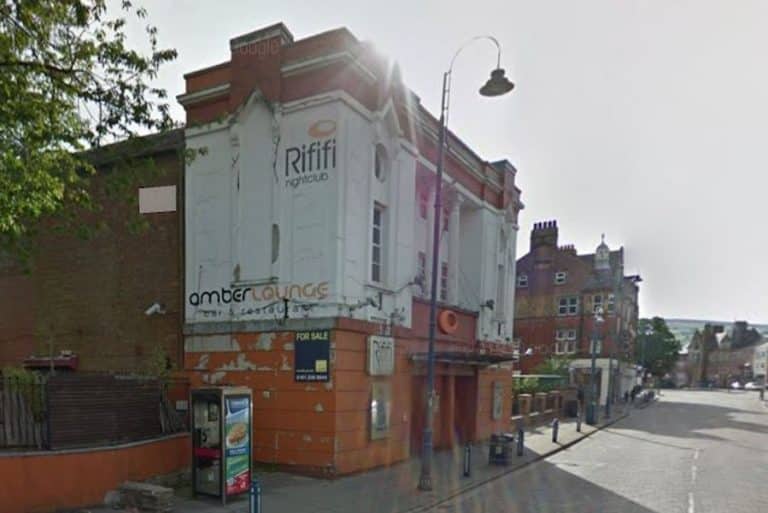
Old nightclub at the heart of ‘Staly Vegas’ could be transformed into new food hall
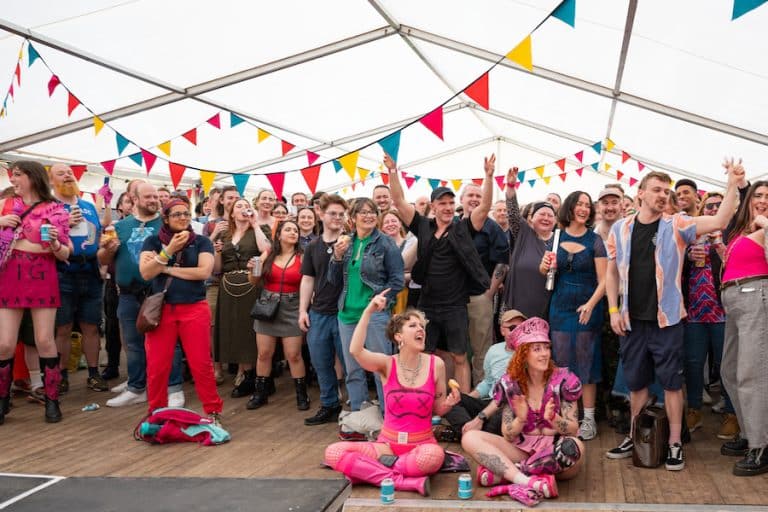
How Sounds from the Other City became the UK’s most unforgettable independent festival

The shared ownership scheme that gave Fiona the family home she always wanted

How shared ownership can get you on the property ladder in 2025

Review: Strictly Come Dancing at the AO Arena is ‘joyous, slick and strictly brilliant’







